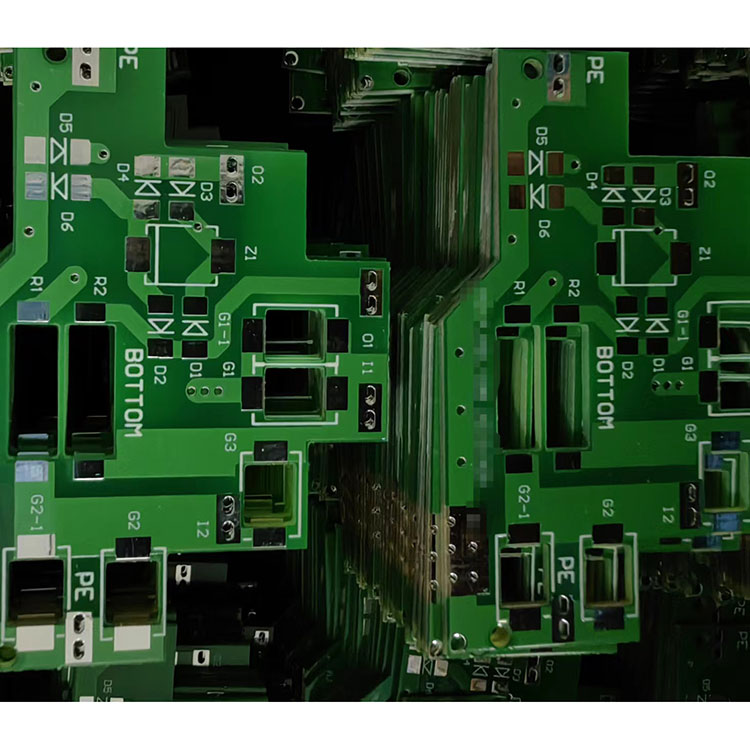
In conclusion, the surface finish of FR-4 PCB plays a significant role in determining its electrical and mechanical performance. The choice of finish depends on the specific application requirements and design considerations. It is essential to select a reliable PCB supplier with experience in providing high-quality PCBs with the desired surface finish.
Hayner PCB Technology Co., Ltd. is a leading PCB manufacturer based in China. We specialize in high-quality PCBs with a wide range of surface finishes, including HASL, ENIG, OSP, immersion silver, immersion tin, and ENEPIG. Our products are widely used in various industries, such as telecommunications, medical, automotive, industrial, and consumer electronics. If you have any inquiries or questions, please feel free to contact us at sales2@hnl-electronic.com.
J. Liu, Y. Chen, and X. Wang. (2017). The Effect of Surface Finish on the Electrical Reliability of High-Tg FR-4 PCBs. IEEE Transactions on Components, Packaging and Manufacturing Technology, 7(6), 889-898.
S. Huang, L. Lu, and X. Gu. (2018). The Influence of the Surface Finish of PCBs on the Solder Joint Reliability under Thermal Cycling. Materials Science Forum, 916, 268-276.
C. Zhang, Y. Xing, and F. Zhao. (2019). Effect of Surface Finish on the Mechanical Properties of Printed Circuit Board Based on Nano-Indentation and Finite Element Analysis. Microelectronics Reliability, 100, 113326.
A. Khater, M. Abdelghany, and M. Khattab. (2020). Surface Finish Impact on the Electrical and Mechanical Characteristics of FR-4 PCBs. Materials Today: Proceedings, 27(2), 259-264.
S. Kim, J. Moon, and D. Lee. (2021). Surface Configuration and Performance of Printed Circuit Board with Various Electroless Nickel-Immersion Gold (ENIG) Plating Conditions. Coatings, 11(2), 144.
B. Xu, Y. Zhang, and C. Qian. (2021). Study on the Correlation between Surface Finish of PCBs and Joint Strength. Materials Research Express, 8(5), 056501.
K. Lu, L. Liu, and X. Li. (2021). Research on Surface Structure of Printed Circuit Board Based on High-Speed Milling Processing and Its Impact on Wettability. International Journal of Advanced Manufacturing Technology, 114, 2787-2795.
H. Wang, X. Wang, and D. Liu. (2021). Research on the Effect of the Surface Finish of PCB on the Endurance of COB LED Packaging. Journal of Electronic Packaging, 143(3), 031011.
T. Huang, Y. Huang, and Y. Zhou. (2021). The Effect of Surface Finish on the Electromigration of Sn-3.0Ag-0.5Cu Solder Wire. Electronic Materials Letters, 17(3), 422-428.
Y. Li, L. Yang, and C. Zhang. (2021). Solder Joint Reliability of 01005 Components on Flexible Printed Circuit Boards with Different Surface Finishes. Microelectronics Reliability, 121, 114228.
X. Chen, X. Zhang, and Q. Zhang. (2021). Research on the Surface Treatment of PCB Based on Cu-Ni-P Alloy Plating. Applied Sciences, 11(9), 3923.
TradeManager
Skype
VKontakte
